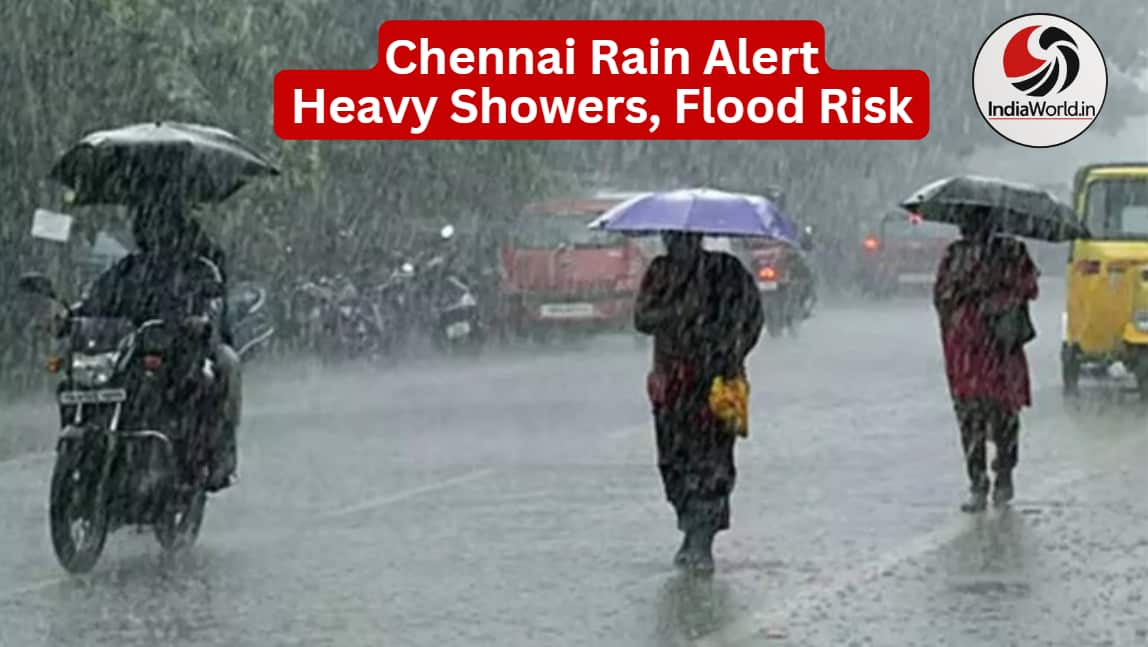7 Home Loan Myths That Still Confuse Indian Borrowers in 2025 – Expert Breakdown
Introduction: Breaking the Myths About Home Loans in India 2025
In 2025, despite financial awareness growing fast across India, many home loan myths still confuse new borrowers. From credit score doubts to wrong ideas about fixed and floating rates, misinformation often causes people to lose better deals.
Whether you live in Mumbai, Hyderabad, Delhi, or Bengaluru, knowing the real facts behind these myths can help you make smarter, money-saving decisions while buying your dream home.
Let’s decode the 7 biggest home loan myths Indians still believe — and the truth behind them.
Myth 1: You Need a 750+ Credit Score to Get a Home Loan
This is one of the most common myths in India’s housing loan market.
While a high credit score (above 750) surely improves your approval chances and may get you better interest rates, it is not mandatory.
👉 Truth:
Most Indian banks and NBFCs approve home loans for credit scores as low as 650, provided your income is steady and documents are strong. Some lenders even offer special home loan schemes for borrowers with moderate credit history.
Tip: Before applying, check your CIBIL score for free on official sites like https://www.cibil.com.

Myth 2: Fixed Interest Rates Are Always Safer
Many believe that fixed rates are safer because they remain unchanged. However, this isn’t always the best choice.
👉 Truth:
If you expect interest rates to fall, floating rates could save you a lot of money over time. Fixed rates might look stable, but they often come with higher EMIs and limited flexibility.
Before choosing, compare both options based on your loan tenure, risk comfort, and RBI’s latest repo rate trends.
Myth 3: Only Banks Offer the Best Home Loan Deals
Another outdated myth is that only banks provide affordable home loans.
👉 Truth:
Non-Banking Financial Companies (NBFCs) and housing finance firms like HDFC, LIC Housing Finance, and PNB Housing offer competitive interest rates, quicker processing, and flexible terms.
In 2025, NBFCs are becoming popular among young professionals and self-employed borrowers who need customized loan plans and faster approvals.
Myth 4: You Must Pay Penalty for Prepayment or Foreclosure
Earlier, banks used to charge extra if borrowers prepaid their loans. But RBI guidelines have changed that.
👉 Truth:
As per RBI’s latest directive, no prepayment or foreclosure charges apply on floating-rate home loans for individuals, provided the loan isn’t for business purposes.
This gives borrowers more control to reduce debt early without penalties — a smart move in 2025’s flexible lending environment.
Myth 5: Longer Tenure Is Always Better
A longer tenure means smaller EMIs, which feels easier in the short term. But this comfort can cost more in the long run.
👉 Truth:
Choosing a 20-year or 25-year loan may double your total interest outgo, even if your monthly EMI looks affordable.
A shorter tenure might stretch your budget initially, but it helps you become debt-free sooner and save lakhs in interest.
Myth 6: Self-Employed People Can’t Get Home Loans
This is one of the most damaging misconceptions.
👉 Truth:
In 2025, banks and NBFCs have special home loan schemes for freelancers, business owners, and self-employed professionals.
All you need are income tax returns (ITRs), bank statements, and proof of business stability. Lenders now use flexible credit assessment tools, making it easier than ever for entrepreneurs to qualify.
Myth 7: Floating Rates Don’t Change Much
Some borrowers think that once their floating rate is set, it stays stable.
👉 Truth:
Floating home loan rates in India are linked to external benchmarks like the RBI repo rate. That means whenever RBI adjusts the repo rate, your EMI may rise or fall accordingly.
It’s essential to monitor repo rate announcements to plan prepayments or refinances smartly.
You can follow updates on https://rbi.org.in.
Bonus Tip: Compare Home Loan Offers Online Before Applying
Today, borrowers can compare interest rates and eligibility instantly on trusted platforms such as BankBazaar, PolicyBazaar, and MoneyControl.
This helps you get the lowest rate and best lender match for your city and profession.
Conclusion: Stay Informed, Borrow Smart
The home loan market in India has transformed massively in 2025.
Still, old myths continue to mislead new borrowers — costing them both time and money.
By understanding the truth behind these myths, comparing lenders, and keeping an eye on RBI policy changes, you can make a smarter, faster, and more secure home loan decision.
So before you sign the dotted line, verify facts, calculate EMIs, and read loan terms carefully.
Because your dream home deserves the right loan — not the wrong myth.









